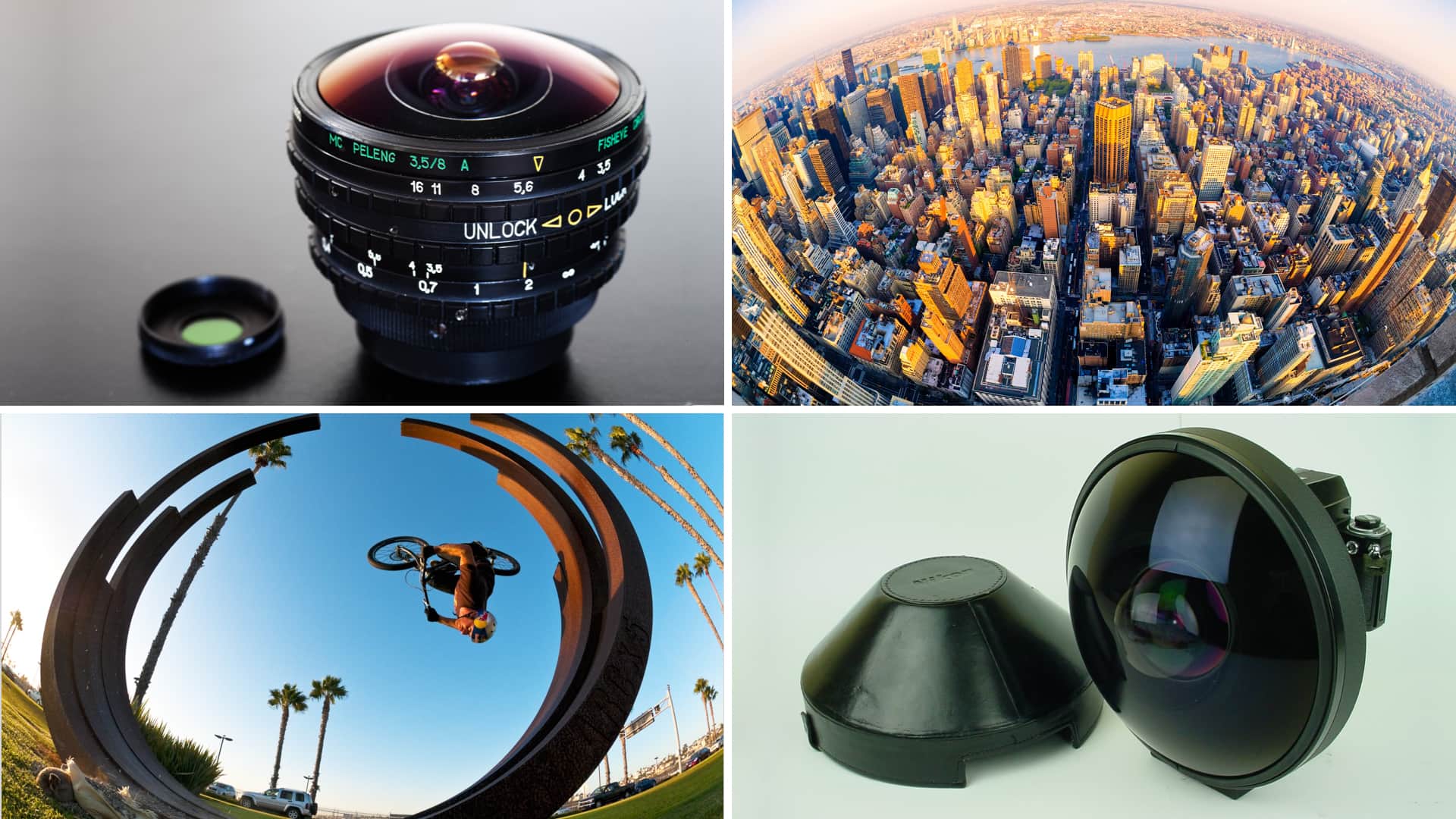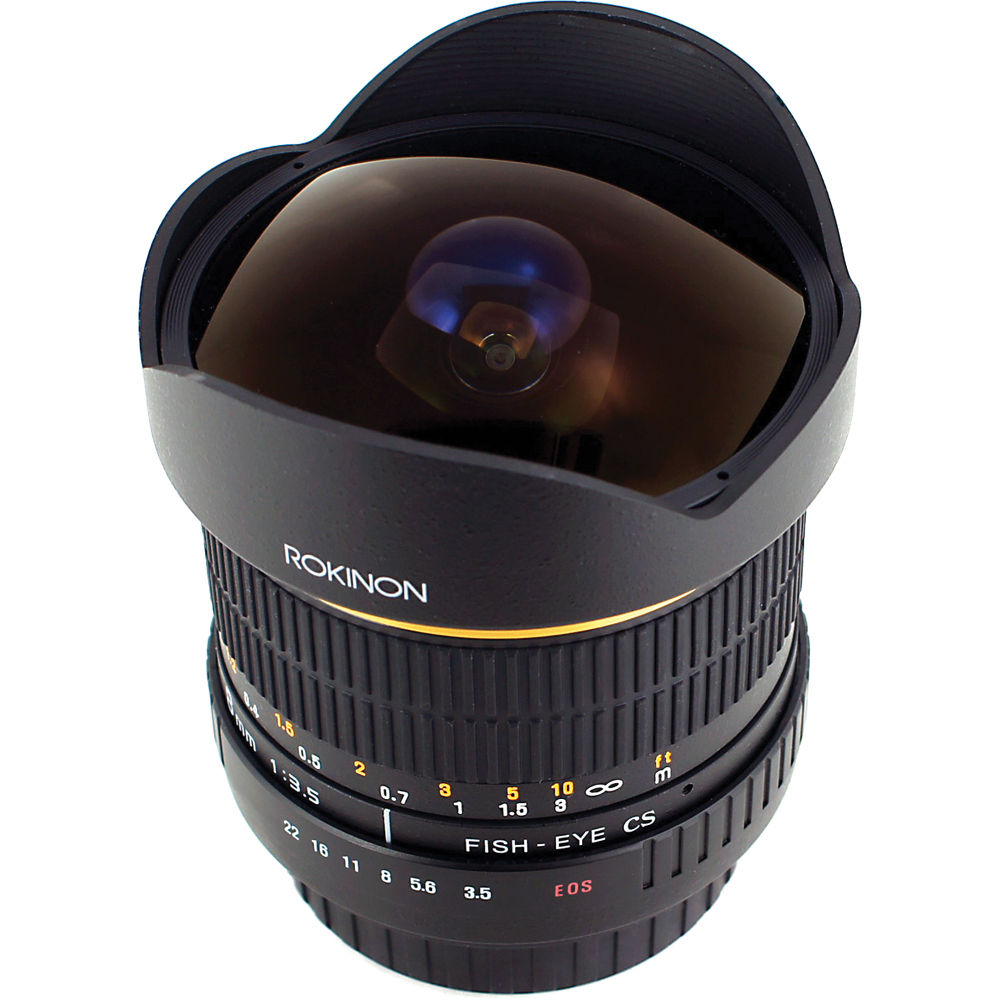
A fish eye lens is a type of camera lens that provides a wide-angle view and distorts the image, creating a unique and captivating effect. It is named after the way it resembles a fish's eye, with a curved surface that captures a wide field of view. This lens has gained popularity among photographers and videographers for its ability to capture unique perspectives and create visually stunning images.
History of Fish Eye Lens

The concept of a fish eye lens dates back to early camera technology. In the mid-19th century, experiments were conducted to develop lenses that could capture wider angles of view. However, it wasn't until the 20th century that fish eye lenses became commercially available. The first fish eye lens was introduced by the company Nikon in 1962, and since then, many other camera manufacturers have developed their own versions of this unique lens.
How Does a Fish Eye Lens Work?

A fish eye lens works by bending light rays in such a way that they converge on a single point, creating a distorted image. The lens has a very short focal length and an extremely wide field of view, sometimes reaching up to 180 degrees. This wide-angle view allows the lens to capture a much larger area than a regular lens, resulting in a unique and exaggerated perspective.
Applications of Fish Eye Lens

Fish eye lenses have a wide range of applications in photography and videography. They are commonly used in sports photography to capture action shots, as they can cover a large area and capture dynamic movements. Fish eye lenses are also popular in architectural photography, as they can capture the entire interior or exterior of a building in a single shot. Additionally, they are widely used in artistic and creative photography to add a unique and surreal touch to images.
Advantages of Fish Eye Lens

The use of a fish eye lens offers several advantages for photographers and videographers. Firstly, it allows for the capture of a wider field of view, enabling the photographer to include more elements in the frame. This can be particularly useful when shooting landscapes, architecture, or group photos. Secondly, the distortion created by the lens adds a creative and artistic touch to the images, making them visually compelling and unique. Finally, fish eye lenses are relatively compact and lightweight, making them easy to carry and use in various shooting situations.
Disadvantages of Fish Eye Lens

While fish eye lenses have numerous advantages, they also come with a few drawbacks. The most notable disadvantage is the distortion created by the lens, which can be seen as a disadvantage in certain situations where a realistic representation is desired. Straight lines may appear curved or bent, and objects at the edges of the frame may appear stretched or distorted. Additionally, fish eye lenses tend to have a significant amount of vignetting, causing darker corners in the image. Lastly, the wide-angle view of the lens can result in a loss of detail and sharpness towards the edges of the frame.
Tips for Using a Fish Eye Lens

To make the most of a fish eye lens, here are some tips for photographers and videographers:
1. Experiment with different angles and compositions to create unique and dynamic images.
2. Use the distortion creatively to add a sense of depth and dimension to your shots.
3. Be mindful of the distortion and avoid placing important subjects at the edges of the frame.
4. Consider using a tripod or other stabilization methods to minimize camera shake, as the wide-angle view can exaggerate any movements.
5. Play with foreground elements to add interest and create a sense of immersion in your images.
6. Embrace the lens flare and other optical effects that are common with fish eye lenses, as they can add a unique and artistic touch to your shots.
Conclusion
In summary, a fish eye lens is a specialized camera lens that offers a wide-angle view and distorts the image, creating visually captivating and unique effects. It has a rich history and has gained popularity among photographers and videographers for its ability to capture wide perspectives and add a creative touch to images. While it has its limitations, such as distortion and loss of detail towards the edges, a fish eye lens can be a valuable tool in the hands of a skilled photographer or videographer. So, go ahead and explore the world through a fish eye lens, and let your creativity soar!